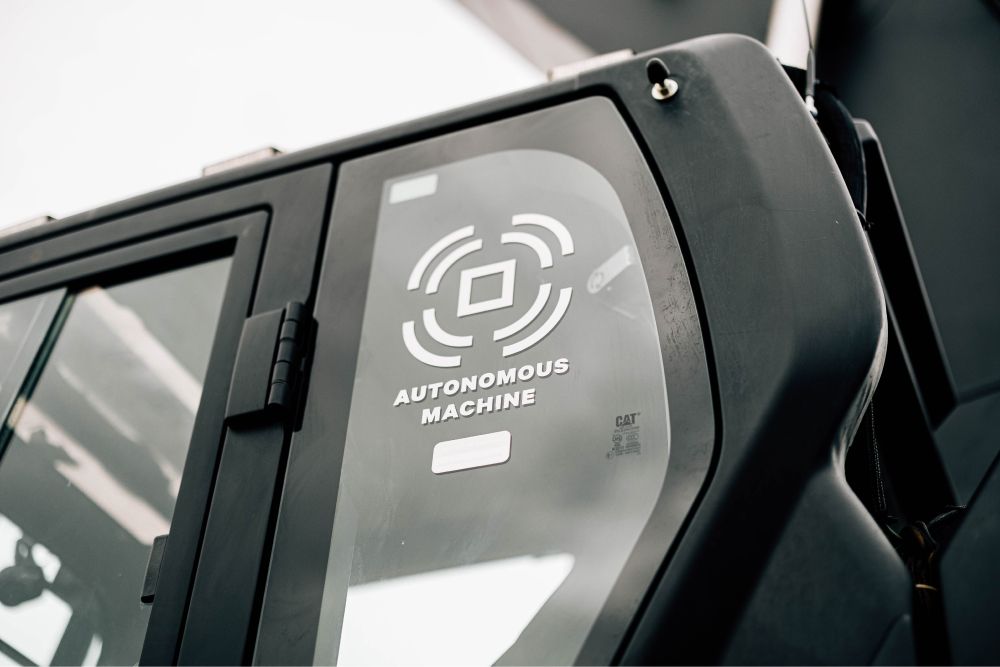News
Will We Reach the Point Where Jobsites are Autonomous?
June 9, 2025
MILWAUKEE, WI — It is hard to ignore the increasing attention autonomous construction equipment is receiving. Heavy equipment autonomy announcements in just the past year include:
SafeAI and Obayashi Corporation demonstrating a retrofitted autonomous Caterpillar 725 articulated truck
Shantui developing an unmanned dozer
SRI International’s video on its prototype robotic excavator
Autonomous Solutions, Inc. (ASI) partnering with Epiroc Drilling Solutions on its Mobius autonomy platform for drills
Trimble’s new automatic steering control for soil compactors
But will we ever get to the time where humans are rare on a jobsite? And is that even the point?
The Coming Transition will Follow Automotive Gains
First, a quick review. All industries, including construction, have been the beneficiaries of U.S. defense research, said Bibhrajit Halder, Founder and CEO of SafeAI. This included the DARPA (or Defense Advanced Research Projects Agency) Grand Challenge in the early 2000s, designed to accelerate autonomous vehicle technologies. “That was a trigger point,” said Halder, whose company concentrates on bringing autonomous solutions to construction and mining. “It was a massive success that really sparked autonomy in this country.”
In 2014, the Society of Automotive Engineers established six levels of autonomy, going from Level 0, indicating vehicles with completely manual controls, to Level 5, in which there is zero human interaction in operating a vehicle.
“No one has a true Level 5 system yet,” said William Nassauer, Manager of Product Strategy for Komatsu America’s autonomous systems, mining technology solutions. That assessment, of course, includes the automotive sector, which, although it is leading the autonomous journey, has had significant bumps along the way.
As it has with cars, construction equipment will transition from assist features to task automation to task autonomy. The now-commonplace operator assists, such as blade and bucket controls, require sensor basics that are steps along the automation journey.
But equipment automation should be considered in the context of total jobsite autonomy, with several autonomous machines working in concert, said Fred Rio, Product Manager for Construction Digital and Technology at Caterpillar.
“On a jobsite,” Rio said, “all machines have a shared mission, and no one machine can accomplish it without the other machines. The true quantum step in value will be when you can get them to all work together.”
Retrofitting Existing Machines to Take the Operator out of the Cab
Several companies — including ASI, Built Robotics, SafeAI, and Teleo — are building retrofit kits that take the operator out of the cab. ASI defines three different types of operator-out-of-the-cab controls: remote control, where the operator is in line-of-sight of the machine he or she is controlling; teleoperation, or non-line-of-sight operation that is still one operator on one machine; and autonomy, in which an operator can remotely oversee the operation of an entire fleet of machines.
READ THE FULL STORY


